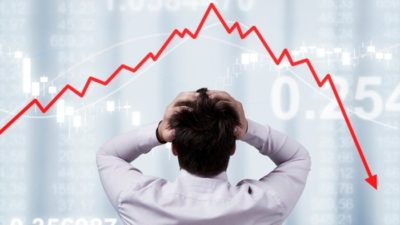The Santos Ltd (ASX: STO) share price has been hit hard in 2020 while Woodside Petroleum Limited (ASX: WPL) shares have also slumped.
An oil price war and coronavirus pandemic have hammered the ASX energy shares lower. However, there are a couple of reasons why I prefer one big producer over the other.
Why I like the Santos share price over Woodside
For starters, the relative valuation metrics seem to point to Santos over Woodside right now. I'm particularly interested in the price-to-earnings (P/E) ratio.
Given the current market conditions, a P/E ratio can be a little misleading or unreliable. However, I think it still has some value when comparing two companies in the same industry.
The Santos share price trades at a P/E of 12.9 compared to 39.9 for Woodside. That to me says there's a chance of more bang for your buck with Santos.
Both of these companies are enormous independent oil and gas producers, with Woodside ranked first and Santos ranked second.
That means we should see a large earnings hit for both producers in August. Woodside has already announced a record A$4.37 billion after-tax impairment loss thanks to falling energy prices.
Santos also announced a non-cash impairment charge of US$700-800 million (A$975-1,115 million).
That means the relative August earnings strength could be the key to deciding which ASX energy share to buy.
The Santos share price has slumped 29.4% in 2020 and is down 36.1% from its 52-week high.
It's a similar story for Woodside with the ASX energy share falling 40.7% in 2020. Woodside shares are now down 43.6% from their 52-week high.
I think Woodside is arguably more of a speculative buy than Santos given the heavier falls. The fundamentals remain similar but Woodside could have more upside given its larger operations.
Given the expected volatility, I still think the Santos share price could be a better relative value buy as it currently stands.
Foolish takeaway
With travel and manufacturing activity remaining muted, I still see pain ahead for the Woodside and Santos share prices.
However, long-term investors willing to ride the storm could benefit to the upside when energy demand returns.








